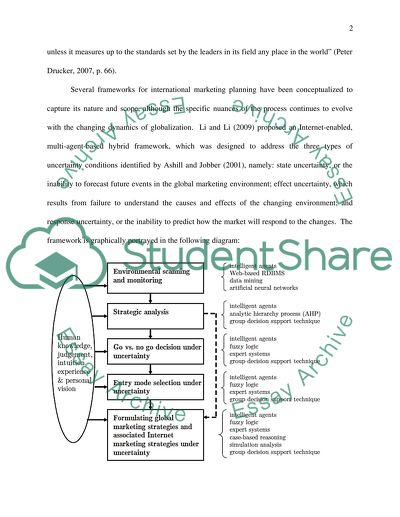Cite this document
(“Apple's marketing strategy in China Literature review”, n.d.)
Retrieved from https://studentshare.org/marketing/1400375-apple-s-marketing-strategy-in-china
Retrieved from https://studentshare.org/marketing/1400375-apple-s-marketing-strategy-in-china
(Apple'S Marketing Strategy in China Literature Review)
https://studentshare.org/marketing/1400375-apple-s-marketing-strategy-in-china.
https://studentshare.org/marketing/1400375-apple-s-marketing-strategy-in-china.
“Apple'S Marketing Strategy in China Literature Review”, n.d. https://studentshare.org/marketing/1400375-apple-s-marketing-strategy-in-china.


